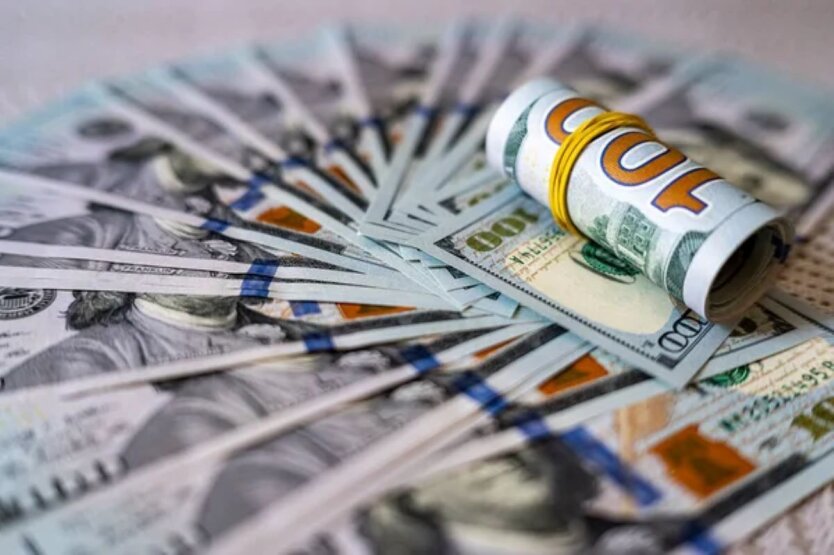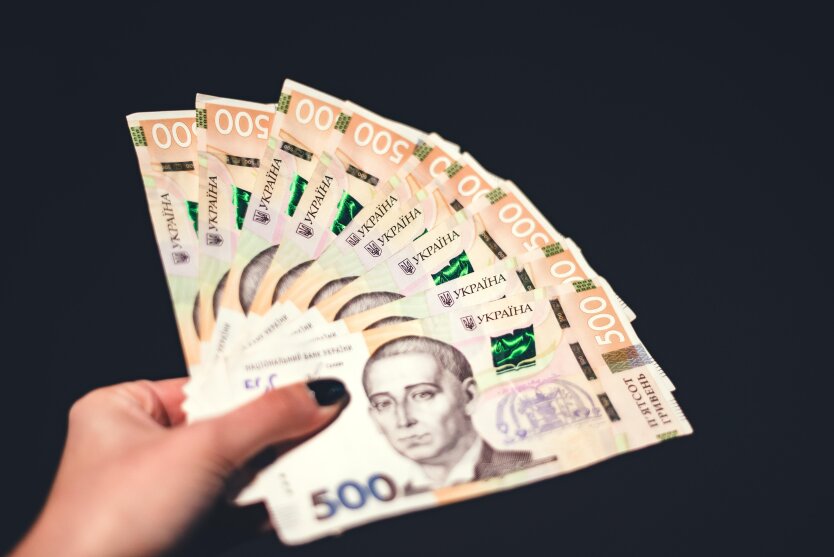The most unstable currencies in the world.

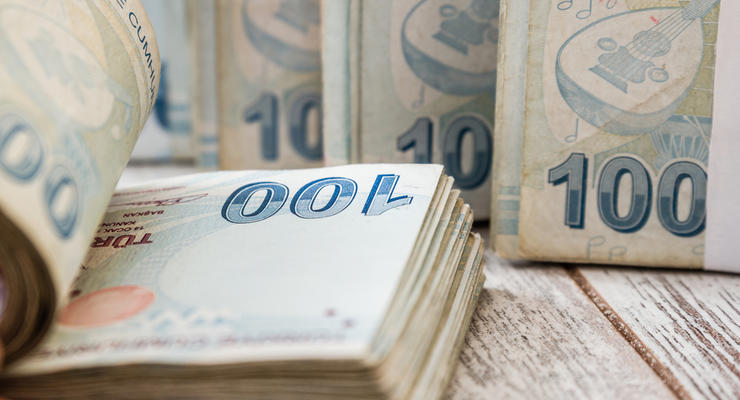
Along with the stable Swiss franc, dollar, and euro, there are also the most unstable currencies. In this case, no one wants to compete for the title of the most unstable currency, as the most unstable currency is always found in the most unstable country.
However, the top of such countries can change rapidly. After all, the most unstable currency in the world is a conditional concept, and in practice, a country can quickly lose its position due to a crisis, war, or some other event. Therefore, the ranking of a certain year primarily reflects such changes.
The Most Unstable Currency in the World
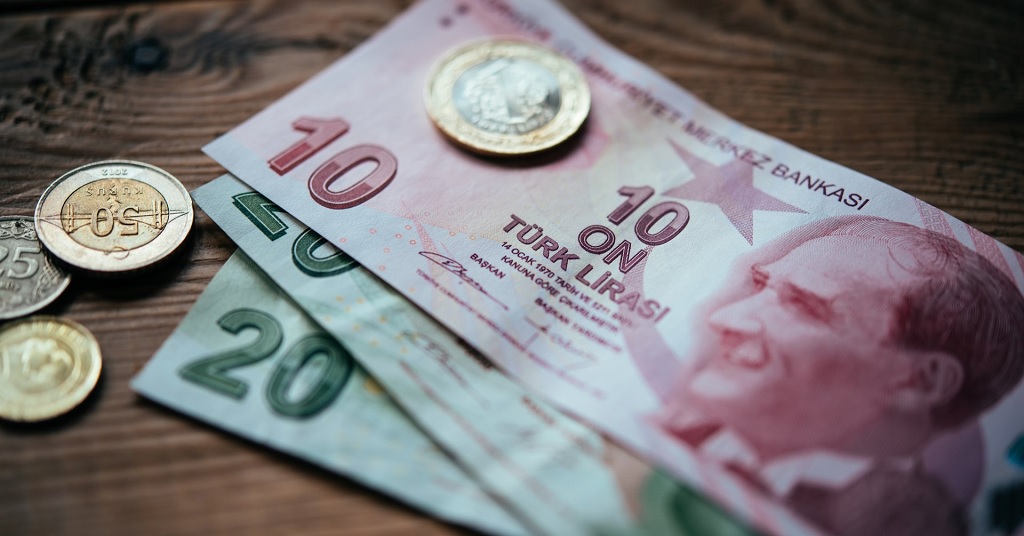
So, when considering the most unstable currencies, it is essential to understand that they are all related to the situation within the country, as well as reflecting the peculiarities of international politics. This means that this process is quite complex in itself.
It is also crucial to understand that there are many currencies in the world, and not all of them possess stability and predictability. Unstable currencies are prone to sharp fluctuations in exchange rates, high inflation, and are often associated with political and economic instability. It only takes a couple of factors, or their combination, for a currency to begin to depreciate.
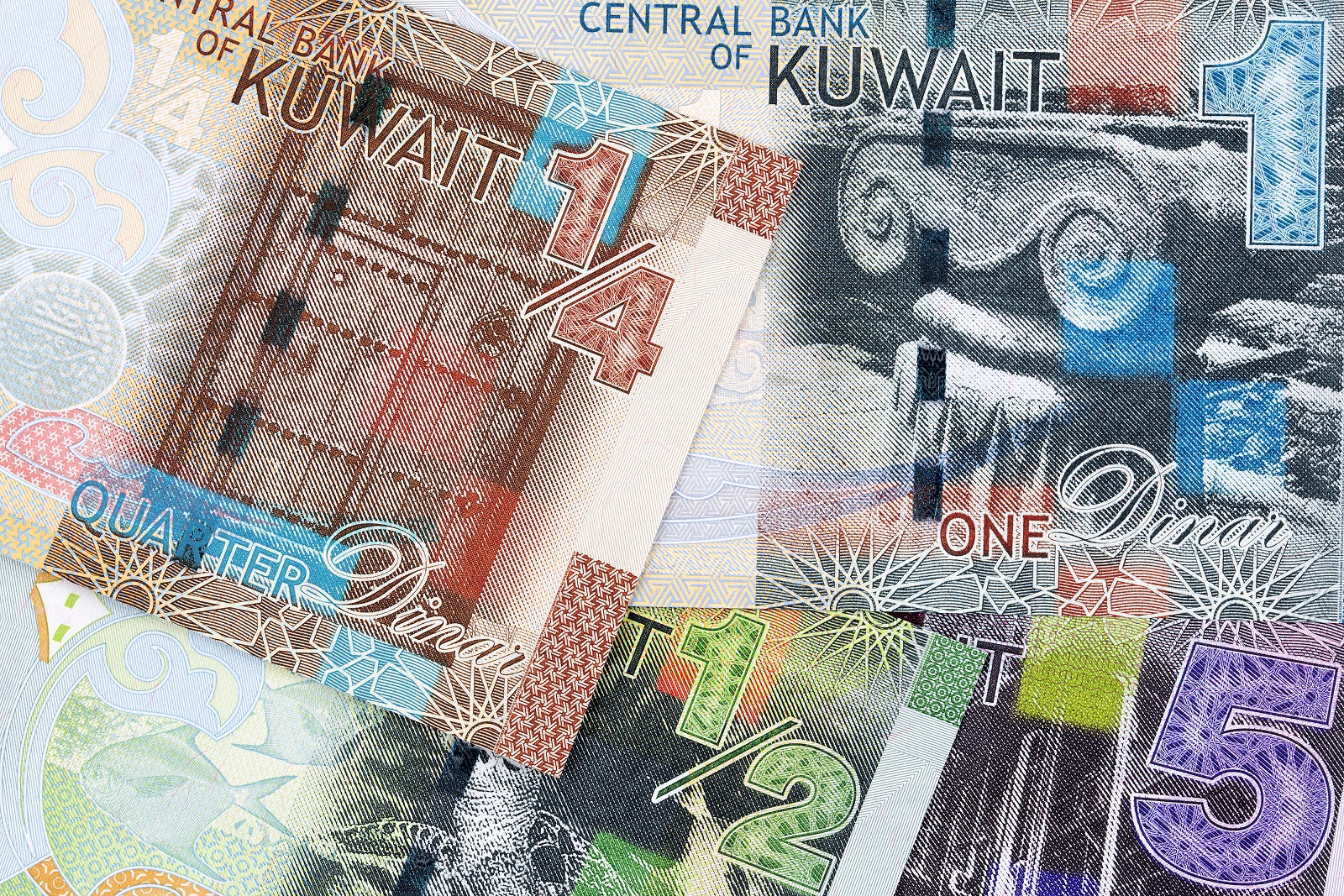
In this case, we close the loop. The situation in the country affects the stability of the currency, and the instability of the currency leads to even more significant problems within the country. It is quite challenging for a country to break out of this vicious circle. Currencies that lose stability can lead to severe economic problems both inside the country and beyond.
What Currency Can Be Called Unstable?
An unstable currency is a monetary unit that experiences significant and frequent fluctuations in rate relative to other currencies. In other words, to understand how stable a currency is, it needs to be compared with other currencies (more stable ones). There are indeed many factors that influence this.
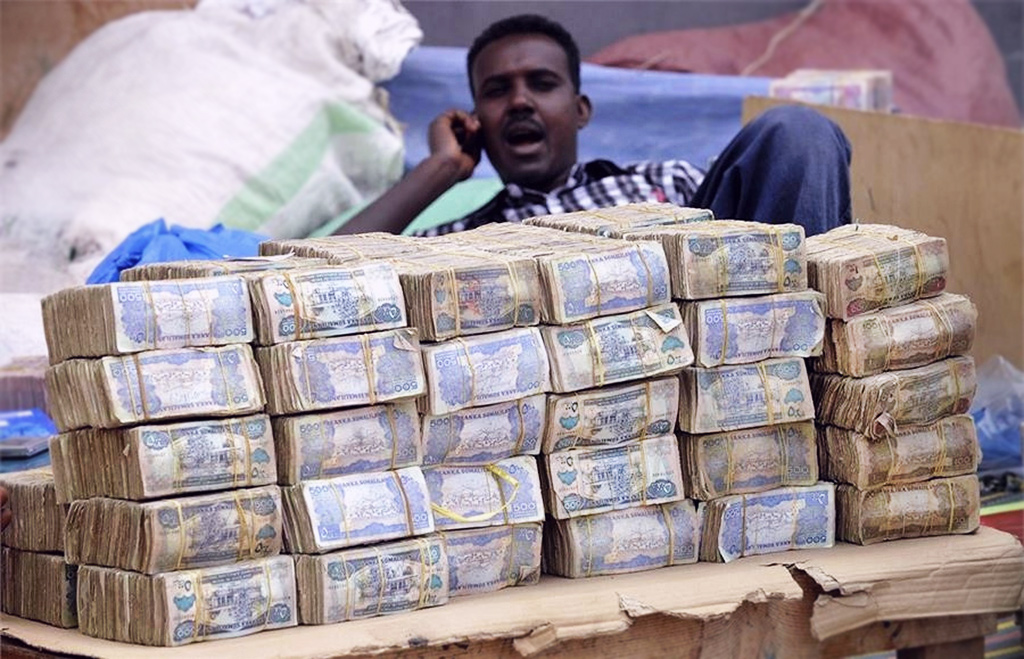
What do unstable currencies have in common:
-
Unstable currencies are often accompanied by high or hyperinflation, leading to a rapid decline in their purchasing power. This fact greatly affects the wealth of the citizens of the country.
-
Countries with unstable currencies often experience political crises, coups, and a lack of confidence in the future. Overall, political instability significantly impacts the state of the economy of any country.
-
Severe economic crises, budget deficits, and significant external debts can lead to a sharp drop in the currency's rate.
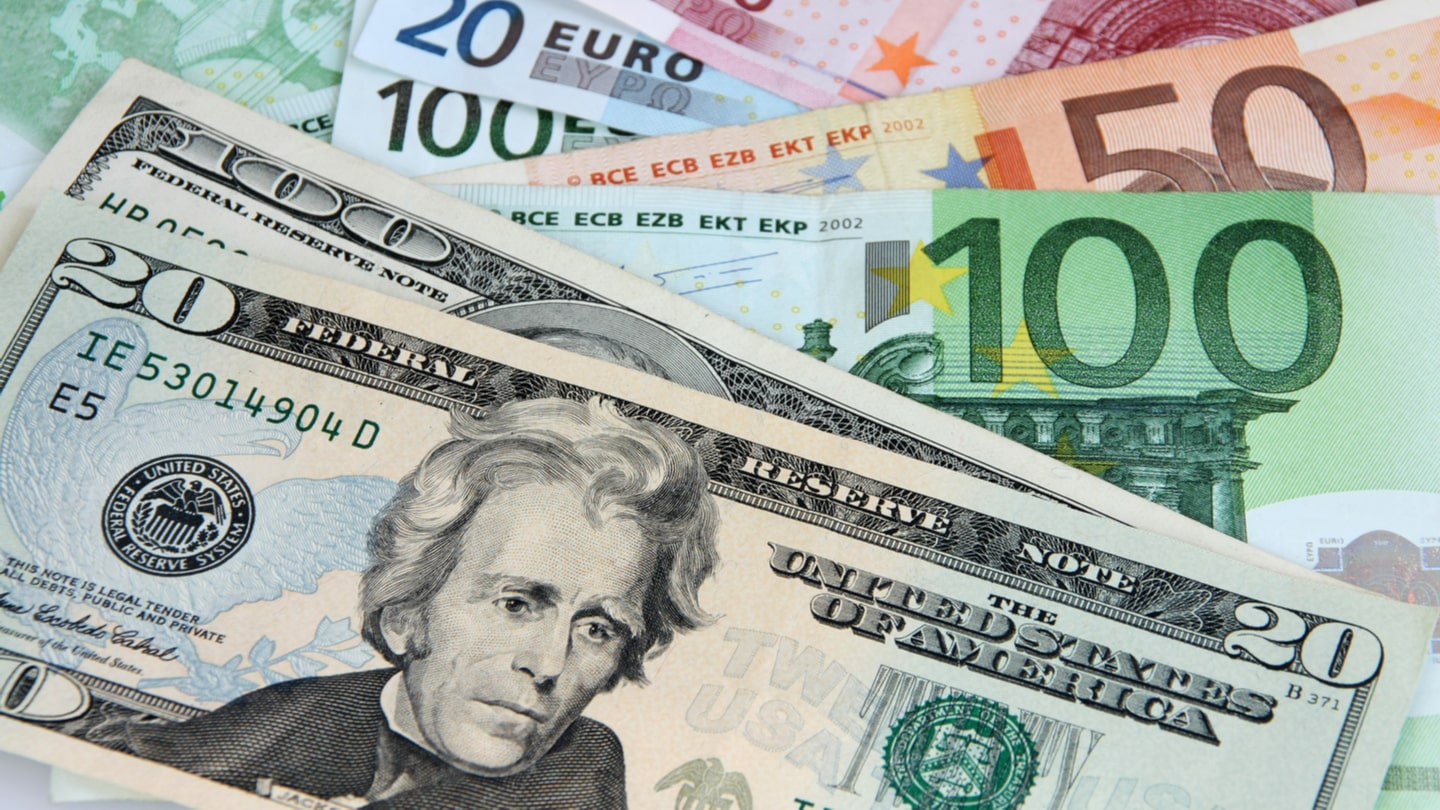
There is also a concept called low trust level. This means that the population and international investors do not trust such currencies, which exacerbates their instability and contributes to capital flight.
Venezuelan Bolívar
The Venezuelan bolívar is one of the most prominent examples of a currency in a state of hyperinflation. The country is experiencing a prolonged economic crisis, accompanied by political instability and sanctions from the international community. This has been happening for several years, and no measures appear to help the bolívar out of this crisis.
When delving into the topic of why this has happened, it is worth mentioning the hyperinflation within the country. Inflation in Venezuela is measured in thousands of percent per year, making the bolívar practically useless as a means of maintaining value.
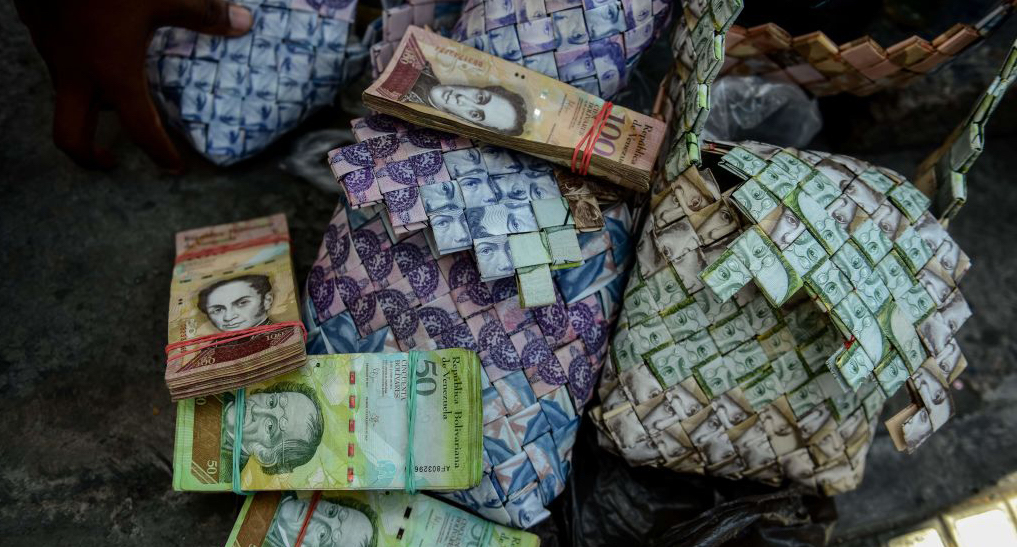
Additionally, there has been a political crisis in the country for quite some Time. The chaos happening in Venezuela is hard to describe. This state of affairs severely undermines the trust of local residents, creating a new and additional factor.
Significant sanctions and a degree of international isolation have also played a considerable role in the instability of the national currency. International sanctions have exacerbated the country's economic problems, leading to a sharp depreciation of the bolívar.
Zimbabwean Dollar
Few people even know about a currency like the Zimbabwean dollar. Meanwhile, this currency symbolizes hyperinflation and economic collapse, which, undoubtedly, has had a negative impact on the local population's well-being.
In the early 2000s, the country experienced one of the most severe economic crises in the world, leading to a catastrophic depreciation of the national currency. This marked the beginning of the end for the national currency. At the peak of the crisis, inflation in Zimbabwe reached 89.7 sextillion percent, making the local currency utterly unreliable.
Iranian Rial
When discussing the most unstable currencies over an extended period, it is necessary to mention the Iranian rial. It regularly faces severe problems related to sanctions and the country's economic isolation for many years.
In recent years, the rial has significantly depreciated, leading to economic difficulties for the population and businesses.
Read also
- What to see in Bukovel: winter, summer and autumn
- What to see in Iceland: in winter, in summer, on a tour
- What is p2p and pay2pay transfer
- Best Adult Films: TOP 5 Films


